Have ants as your guest or neighbor? This is certainly one of the last things that you would like to experience in your life. Some species of ants are known to transport bacteria and viruses, some are known for their painful stings that may cause allergic reactions, and some are especially noted for their damaging impact on property.
Ants come in different shapes and sizes and around 1000s of ant species with different biology, characteristics, and impact have been detected. Ant control can prove to be a tough job if you do not have adequate knowledge of ant behavior.
Ants may nest in and around your house and can invade walls, lawns, and stumps, giving you a real challenge to control their growing population. Ants are able to follow each other as they leave behind a chemical trail that serves as a pheromone for others. There may be up to 300,000 to 500,000 colonies in an area and an entire colony may relocate to another place when it faces a threat.
An ant colony has a relatively long lifespan and ants can penetrate through the tiniest openings to enter your home and make their way into your kitchen or storeroom. Most do-it-yourself techniques fail as they target the ants rather than the nests.
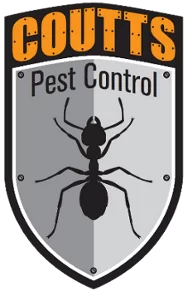
If you are of one of those individuals who have struggled with ant removal, contact us for inspection and consultation. We, at Coutts Pest Control, execute specialized ant treatment procedures to help prevent ants from returning. Fill out the form on the right to schedule your ant removal service.
Ants are one of the most successful groups of insects. They are social insects that live in colonies which are usually located outside, but may enter buildings for shelter and/or food. Ants feed on practically every kind of food but those entering homes are often looking for sweets and/or protein-containing substances.
Ants of concern in homes include pavement ants, thief ants, little black ants and carpenter ants.
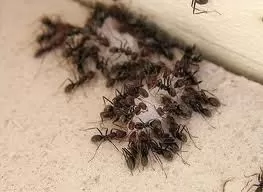
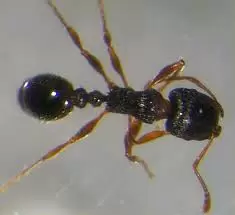
The pavement ant is 3 mm to 4 mm long and is brown to black in colour. Its head and thorax exhibit fine parallel lines.
They nest in soil beneath slab and between walls. They prefer to eat grease and oils but will eat insects and sweet materials.
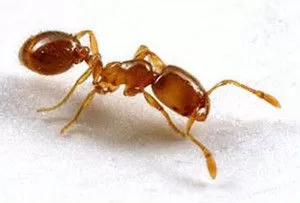
A thief ant is 1 to 1.5 mm long and is a shiny yellow to brown colour. They live in large colonies under ground, in rotting wood and near foundation walls. They prefer to eat protein- base food and will not eat sugar.


This type of ant is 1.5 mm long and is dark to black. They live in soil, rotted wood or behind baseboards.
They eat insects. Honeydew, grease, vegetables and fruit.
During warm weather ants can be seen outdoors. Swarms of ants (reproductive) are commonly seen in June or July. If you see ants inside your home during winter months, a pest control expert should be contacted.
Yes. Since ants are attracted to foods such as honey, fruit and meat they can carry disease germs from one area to another.
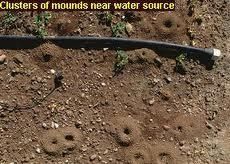
Good housekeeping practices such as keeping foods in sealed containers and areas free of spillage and crumbs will prevent ants, as will sealing of openings where ants may enter from outside.
Depending on the severity of the infestation, a single control measure may not be effective and an integrated program may need to be in place.